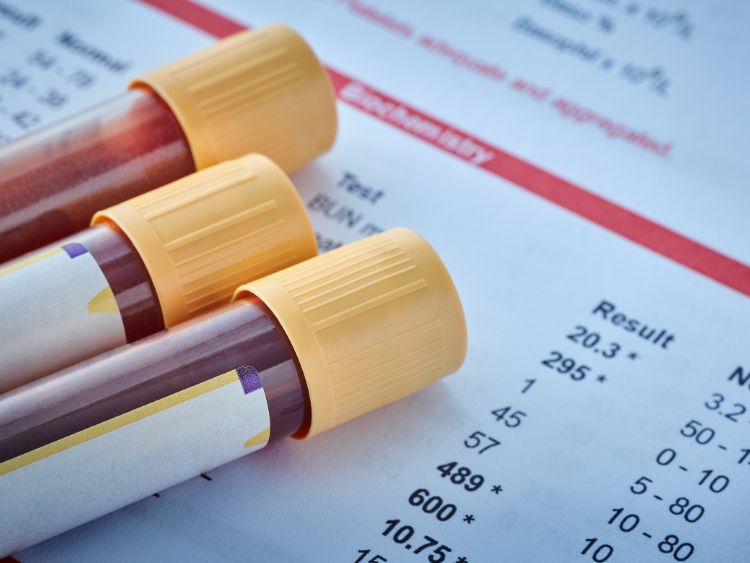The principles of waterless cooking are relatively simple and straightforward.
Principle 1: High grade stainless steel used to protect food
Many people use Aluminum cookware because its excellent thermal conductivity allows it to heat up fast and uniformly. But there have been studies indicating that aluminum cookware can react with some foods and may not be good for your health. A solution is to use stainless steel cookware.
Waterless cookware is made of high grade stainless steel, which does not allow tastes from the metal to leach into the food. Stainless steel is also easier to clean and does not require such coatings as Teflon, which also may get into the food.
The highest grade of stainless steel available is surgical stainless steel. It contains about 18% chromium and a higher percentage of nickel thank “ordinary” stainless steel. The popularity of surgical stainless steel is due to its gleaming appearance which lasts for the life of product. Its excellent corrosion resistance is due to an invisible, passive oxide film that forms on the metal’s surface in air.
Principle 2: High heat capacity and conductivity
Because waterless cooking does not utilize water or oil as a cooking medium, the vessel itself must have excellent conductivity and heat retention properties to ensure even cooking. Waterless cookware accomplishes this through a carefully engineered composite construction. Good quality waterless cookware has multiple layers, particularly on the bottom of the vessel (where heat conductivity and retention are of critical importance). At a minimum, a waterless vessel should have a bottom layer made of a highly conductive metal such as copper or aluminum, a heavy inner layer of a metal with a high heat capacity such as iron or steel, and a top layer of stainless steel (the top layer is the layer that comes into contact with the food).
Principle 3: Flat bottom used for efficient heat transfer
The bottoms of the cookware are machined flat, so that as much surface as possible is in contact with the coils of an electric stove. The machined surface also yields better efficiency with gas stoves.
Principle 4: Bottom plate used to evenly distribute heat
Multi-elements and multi-layer construction distributes the heat evenly along the bottom of the pot or pan. This eliminates hot spots that can burn the food.
Principle 5: Iron core used to retain heat
Once the cookware gets hot, it retains its heat due to the heavy iron core’s high heat capacity, so the cooking vessel maintains a nearly constant temperature throughout the cooking process.
Principle 6: Special lid to keep water from escaping
The lid forms a seal with the pot, locking in the natural moisture that escapes from the food during the heating process. Foods can cook in their own natural juices, so that vitamins and minerals are retained.
Since vegetables contain a large quantity of water, there is no need or barely any need to add any when cooking. Water that is released from the vegetables upon cooking turns into steam and is contained in the pot by the lid. The steam helps the cooking process.
Note: if you are frying and need to reduce some water/juices, you can open the lid slightly or open the steam valve to let the steam escape, then close the lid to let the food finishing cooking in its own juices.
Principle 7: Advanced knob with Steam valve used to announce when to turn off heat
Once the natural juices create sufficient steam, a whistle or steam valve notifies the cook. At that time the cook can turn off the heat. This saves energy, and the food cooks at a constant temperature, because of the pot’s heat retention capabilities and the heat of the steam inside the pot.
The result is tastier and healthier meals!
Foods cooked using these seven principles of cookware cook quicker, at lower temperatures, and in their own juices, resulting in tastier and healthier meals.
Read the remaining articles in the series: How does Waterless Cookware work? How to Cook with Waterless Cookware?…
Joyce is an enthusiastic cook. Over decades of cooking, she’s experienced diverse cuisines and has utilized many kinds of specialty cookware. She has extensive knowledge of natural food and health and many years of practice of Tai chi and Yoga. She has come to recognize waterless cooking as the ultimate cooking technique for healthier and tastier meals for a person or family with a busy lifestyle.


